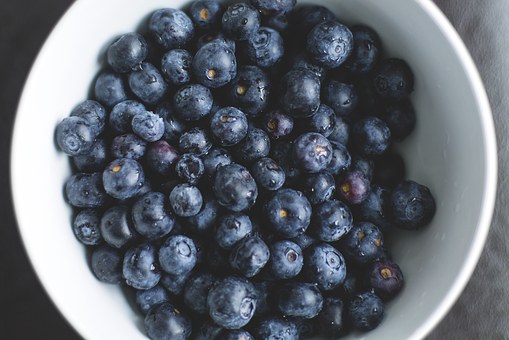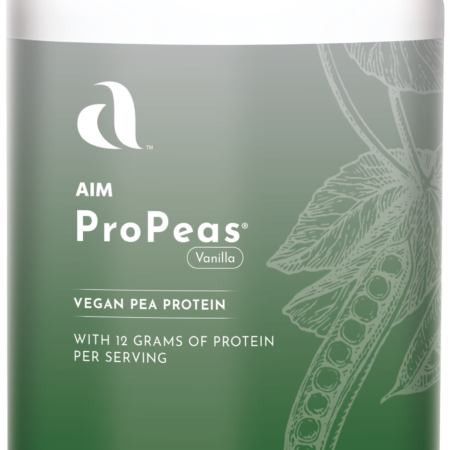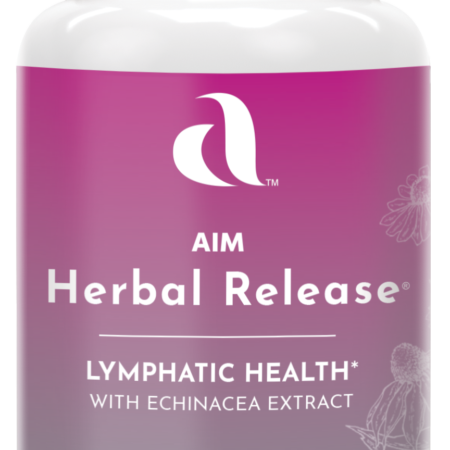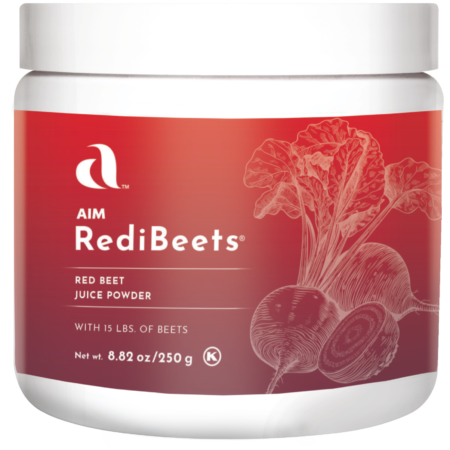Video Transcript: What is Cancer? Natural Cancer Treatments Explained Ty Bollinger: So Webster, we are constantly trying to beat cancer, to cure cancer, to kill cancer, to control cancer. Whatever you want to call it. But what exactly is cancer? Webster Kehr: It depends on who you ask. The orthodox charities will say that cancer is caused […]
Soy and Strong Bones
I’ve told you before about the dangers of eating processed soy… That it throws your hormones out of whack and increases your risk of certain cancers… makes digesting protein much more difficult… and blocks the absorption of important minerals. But as more and more people become convinced of the dangers of this product, Big Agra’s […]
Restless leg syndrome
Big Pharma has a pill for every “disease” under the sun… They even invent diseases just so they can provide a cure. This is exactly what happened with “restless leg syndrome.” That’s when you have an itchy, creepy-crawly feeling in your legs and an urge to move them, especially at night. About 10 years ago, […]
Speed Over Safety: The Perilous 5G Network
Speed Over Safety: The Perilous 5G Network By Ty Bollinger founder of The Truth about Cancer Most Americans today are constantly connected to the world of digital information via smartphones and other mobile devices. An estimated 95% own a cell phone of some kind, while 77% own a smartphone – which currently operates on 4G […]
CONSUMER ALERT: Splenda Releases Toxic Dioxin When Heated
Dark Side of Wheat CONSUMER ALERT: Splenda Releases Toxic Dioxin When Heated Written By: Sayer Ji is founder of Greenmedinfo.com A review on the synthetic sweetener sucralose (marketed as Splenda), published in the journal Toxicology and Environmental Health, overturns widely held misconceptions about the purported safety of this ubiquitous artificial sweetener. Found in tens of thousands of products and […]
Walnuts Can Help You Beat Stress
Walnuts Can Help You Beat Stress Written By: Margie King, Health Coach If you’re feeling stressed out or you know that you’re in for a bad day, you might want to eat a handful of walnuts to relieve the pressure. According to one study by researchers at Penn State University, a diet rich in walnuts and walnut […]
How To Clean Your Arteries With One Simple Fruit
How To Clean Your Arteries With One Simple Fruit Written By: Sayer Ji, Founder of GreenMedInfo LLC Pomegranate Found To Prevent Coronary Artery Disease Progression The future of cardiovascular disease prevention and treatment will not be found in your medicine cabinet, rather in your kitchen cupboard or in your back yard growing on a tree. A study […]
Depression: It’s Not Your Serotonin
Depression: It’s Not Your Serotonin Written By: Kelly Brogan, M.D. Millions believe depression is caused by ‘serotonin deficiency,’ but where is the science in support of this theory? “Depression is a serious medical condition that may be due to a chemical imbalance, and Zoloft works to correct this imbalance.” Herein lies the serotonin myth. As one […]
Aspirin Has No Benefit
Aspirin Has No Benefit, May Increase Cancer Mortality — NEJM Study Reveals Written By: Sayer Ji is founder of Greenmedinfo.com Bayer’s headaches don’t stop with Monsanto-related buyer’s remorse. Their most iconic pharmaceutical — aspirin — which they once marketed as a ‘wonder drug’ is now being revealed to have no benefits to older adults, and may even cause significant harm. […]
The Good Oil about Coconut Oil
Bob, Not long ago, I overheard some of my staff in the conference room talking about the American Heart Association’s latest dire warning about the “dangers of coconut oil.” I got up from my desk and joined them. This kind of misinformation makes me furious… Especially coming from an organization that sells itself on looking […]
Flaxseed -70 Reasons To Eat More
Flaxseed -70 Reasons To Eat More Written By: Sayer Ji is founder of Greenmedinfo.com The science has never been clearer: flaxseed deserves to be top of the list of the world’s most important medicinal foods. For just pennies a day it may protect against dozens of life-threatening health conditions. Many of us have been enculturated to think about the nutritional […]
6 Bodily Tissues That Can Be Regenerated Through Nutrition
6 Bodily Tissues That Can Be Regenerated Through Nutrition Written By: Sayer Ji founder of Greenmedinfo.com It may come as a surprise to some, especially those with conventional medical training, but the default state of the body is one of ceaseless regeneration. Without the flame-like process of continual cell turnover within the body – life and death ceaselessly […]
Curcumin – Super Herb: Ten Reasons to Use it
Curcumin – Super Herb: Ten Reasons to Use it Written By: Linda Woolven & Ted Snider There is evidence for the potential therapeutic use of curcumin in over 700 conditions, these ten are some of the most compelling applications. 1) Depression People suffering from major depressive disorder were given 1g of curcumin or placebo for 8 weeks in […]
7 Ways To Prevent and Even Reverse Heart Disease With Nutrition
7 Ways To Prevent and Even Reverse Heart Disease With Nutrition Written By: Sayer Ji founder of Greenmedinfo.com Heart disease while still the #1 cause of mortality in the developed world, can be prevented and even reversed disease with nutrition, according to a growing body of scientific research. Considering that heart disease is the #1 cause of death in […]
5 Food-Medicines That Could Quite Possibly Save Your Life
5 Food-Medicines That Could Quite Possibly Save Your Life Written By: Sayer Ji founder of Greenmedinfo.com “Though Mother Nature’s formulas are proprietary, she does not grant patents” ~ Sayer Ji Some of the most powerful medicines on the planet are masquerading around as foods and spices. While they do not lend themselves to being patented, nor will […]
Magnesium -Why 80% of Us Are Deficient
Magnesium – Why 80% of Us Are Deficient Written By: Dr. Mark Sircus Magnesium deficiency is often misdiagnosed because it does not show up in blood tests – only 1% of the body’s magnesium is stored in the blood. We thirst for magnesium rich water. Most doctors and laboratories don’t even include magnesium status in routine blood […]
The Natural Combo Shown to Normalize Thyroid Function in Hashimoto’s Thyroiditis
The Natural Combo Shown to Normalize Thyroid Function in Hashimoto’s Thyroiditis Written By: Ali Le Vere, B.S., B.S. – Senior Researcher-Gre… New research shows that treatment with this powerhouse combination restores euthyroid status in Hashimoto’s thyroiditis. What’s more, you can easily obtain the therapeutic dosages from foods One in ten women and one in fifty men […]
 CategoriesBlog
CategoriesBlogBlueberries – Positive Effects
Blueberries – Positive Effects on Mood in Children and Young Adults Originally published on www.doctormurray.com What if in the treatment of depression, food prescriptions replaced antidepressant drugs? There are so many nutritional approaches and natural products with proven clinical benefit in boosting positive mood that it is only a matter of time. A new study with blueberries is […]
Turmeric – may Be The World’s Most Important Herb
Turmeric turns the entire drug-based medical model on its head. Instead of causing far more side effects than therapeutic ones, as is the case for most patented pharmaceutical medications, turmeric possesses hundreds of potential side benefits, having been empirically demonstrated to positively modulate over 160 different physiological pathways in the mammalian body. Turmeric is a medicinal spice […]
Is Fructose As Addictive and Harmful As Alcohol?
Written By: Sayer Ji founder of Greenmedinfo.com Millions of pounds are consumed annually, yet it may be more like a drug than a food and just as damaging and addictive as alcohol… Fructose, which literally means “fruit sugar,”* sounds so sweet and innocent. And indeed, when incorporated into the diet in moderate amounts in the form of […]
 CategoriesBlog
CategoriesBlogMANGO LASSI
This Indian drink is like a mango milkshake. MANGO LASSI 255 ml Plain Yoghurt 425 gm Canned Mango (chilled) 400 ml Water (Optional) Put all ingredients into a blender and blend till mixed. More or less water depending on how thick you like it. Pour into individual glasses and service
 CategoriesBlog
CategoriesBlogTAHINI BALLS
No cooking required. TAHINI BALLS 10 Figs (dried) 12 Dates (pitted) 250 ml Raisins 125 ml Tahini 250 ml Desiccated Coconut Put all fruit in a food processor and mix in the Tahini sauce Shape into balls and roll in Coconut. Put into fridge until ready to eat. These are great to make in a […]
 CategoriesBlog
CategoriesBlogKUMARA AND LENTIL SOUP
This soup is a family favourite. So quick and easy to prepare and takes only 20 minutes to cook. KUMARA AND LENTIL SOUP 5 ml Cold Pressed Olive Oil (Extra Virgin) 1 small Red Onion (chopped) 1 large Kumara (chopped into small pieces) 250 ml Red Lentils 250 ml Vegetable Stock 750 ml Water 5 […]
HealthSeekers.ws
At long last, Healthseekers.ws new website is up and running. There are articles and recipes to help you Improve your Lifestyle and over time – more content will be added to help you even more. Please post comments to tell me what else you would like. We at Healthseekers are big fans of “The Healthy […]
 CategoriesBlog
CategoriesBlogKUMARA AND CARROT SOUP
This soup is very flavoursome and warming with these spices. Kumara and Carrot Soup 1 Medium Red Onion (Diced) 1 Small Green Chilli (Diced) 15 ml Fresh Ginger (grated) 5 ml Ground Cumin 5 ml Ground Coriander 2.5 ml Ground Turmeric 2 Large Carrots (Peeled and chopped) 3 Large Kumara (Peeled and chopped) 750 ml […]





